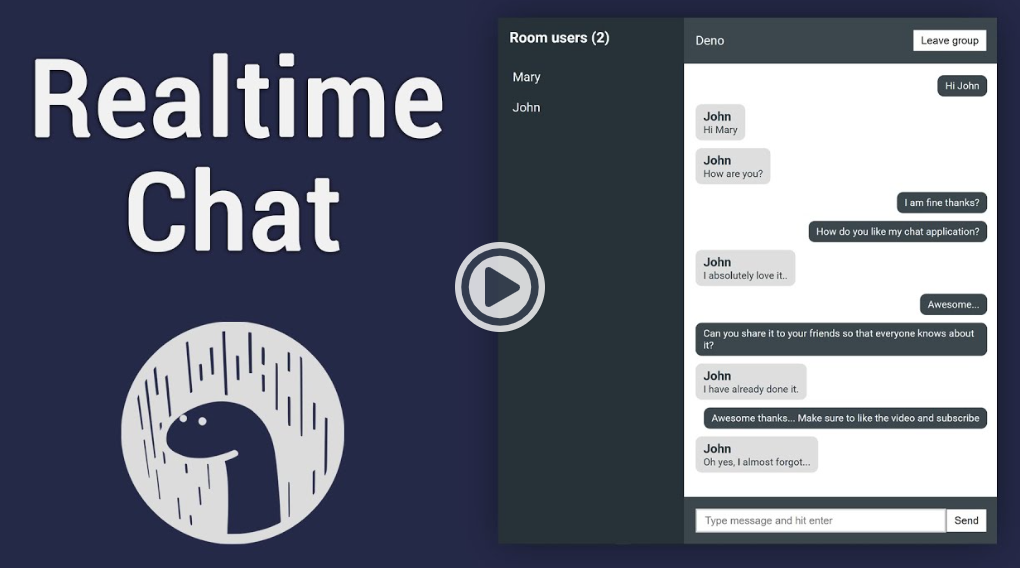To build a real-time chat application with Java and WebSocket, you can leverage the Java WebSocket API and implement the necessary server-side and client-side components. Here’s an overview of the steps involved:
- Set up the Development Environment:
Install Java Development Kit (JDK) and an Integrated Development Environment (IDE) such as Eclipse or IntelliJ IDEA. - Create a Java WebSocket Server:
Implement a Java class that extends thejavax.websocket.Endpointclass to create a WebSocket server endpoint. This class will handle incoming WebSocket connections and messages. - Implement WebSocket Server Endpoint:
Override the necessary methods in the server endpoint class, such asonOpen,onClose, andonMessage, to handle WebSocket connection events and incoming messages. Store the WebSocket sessions and manage user connections. - Handle Message Broadcasting:
Maintain a collection of active WebSocket sessions and implement logic to broadcast messages from one client to all connected clients. Iterate over the WebSocket sessions and send messages to each connected client. - Create a Web Client:
Implement a client-side application using HTML, CSS, and JavaScript to provide the user interface for the chat application. Use the WebSocket API in JavaScript to establish a WebSocket connection with the server. - Connect to the WebSocket Server:
In the client-side JavaScript code, create a WebSocket object and connect to the WebSocket server using its URL. Set up event listeners for the WebSocket events, such asonopen,onclose, andonmessage, to handle connection events and incoming messages. - Send and Receive Messages:
Implement JavaScript functions to send and receive messages via the WebSocket connection. Capture user input, send it to the server using the WebSocket connection, and display incoming messages in the chat interface. - Test the Application:
Run the WebSocket server application and open the chat application in multiple browser windows or devices. Test sending and receiving messages between different clients to ensure real-time communication. - Enhance Chat Features:
Add additional features to your chat application, such as user authentication, private messaging, message history, or notifications. Implement these features both on the server side and the client side as per your requirements. - Deploy and Scale:
Deploy your WebSocket server application to a server or cloud platform that supports Java applications, such as Apache Tomcat or a cloud service like AWS or Heroku. Configure load balancing and scaling if necessary to handle a large number of concurrent connections. - Monitor and Maintain:
Monitor the performance of your WebSocket server, handle errors, and perform regular maintenance tasks. Use logging frameworks and monitoring tools to track application events and troubleshoot issues.
By following these steps, you can build a real-time chat application using Java and WebSocket. WebSocket provides a bidirectional, full-duplex communication channel between the client and server, allowing for efficient and real-time communication.



